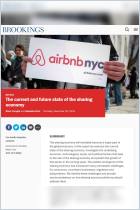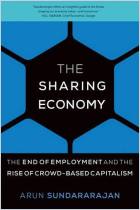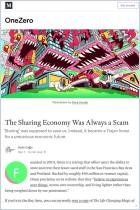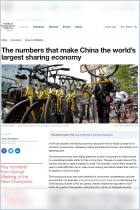
Circular Economy Innovation & New Business Models Dialogue
Young Global Leaders Sharing Economy Dialogue Position Paper 2013
Recommendation
The sharing economy is a $350 billion sensation that reflects new levels of consumer empowerment. From Airbnb to Zipcar, with stops at CouchSurfing and TaskRabbit along the way, firms in the collaborative economy encompass a wide variety of niches and business models. This intriguing report from the World Economic Forum nicely outlines the rise of the sharing economy and sings its praises but also displays a distinct lack of skepticism. For instance, is running errands for $15,000 a year as a TaskRabbit really a way to participate in an advanced, collaborative economy, or is it a ticket to near poverty? Despite some unanswered questions, getAbstract recommends this study to anyone interested in how the sharing economy could change the way consumers and businesses interact.
Summary
About the Author
April Rinne is chief strategy officer at Collaborative Lab, a consultancy specializing in the sharing economy.
















Comment on this summary